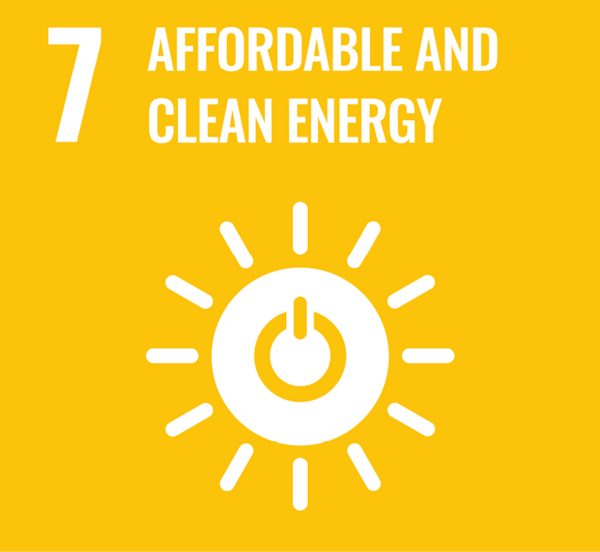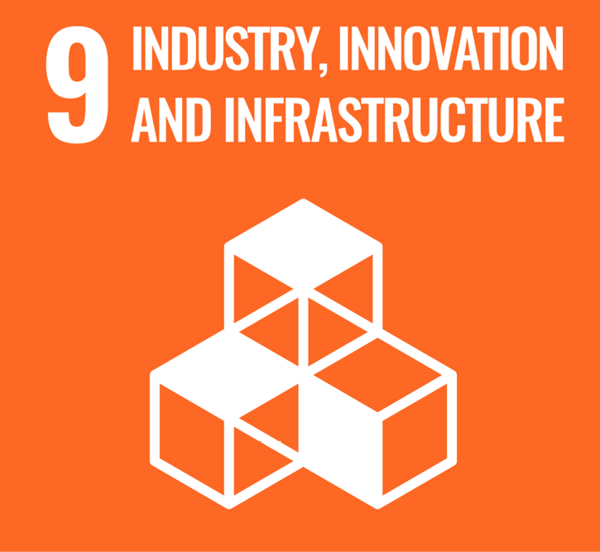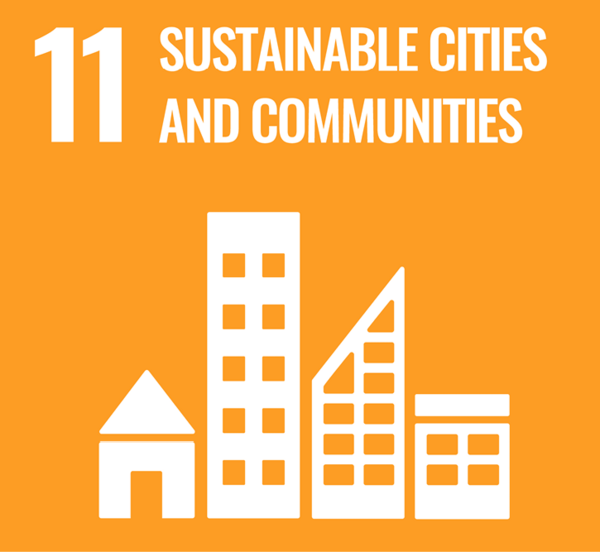We offer turnkey delivery of integrated heat pump systems based on natural refrigerants. We provide advice on the selection of both heat pump type, refrigerant, and integration based on your needs and deliver the solution that creates the most value for you.
The heat pump's ability to harness and recover energy, as well as create synergy between energy systems and sectors, makes the technology a key element in the green transition. By integrating a heat pump into the energy supply, district heating plants, utility companies, and companies in need of process heating and cooling can achieve greater flexibility in their production.
Customized solutions
Depending on the individual energy needs, a heat pump can operate as a standalone unit or in conjunction with other existing energy sources to optimize their efficiency. These sources include solar thermal, biomass, and thermal energy storage.
We integrate the heat pump into the existing energy infrastructure in an intelligent way depending on your specific needs.
Energy sources and refrigerants
We work with a wide variety of natural and renewable energy sources and natural refrigerants. By choosing the right heat pump, heat production can be optimized while reducing electricity consumption, ultimately leading to a lower heating cost that is less sensitive to fluctuating electricity prices.
Possible applications
✓ District heating
✓ Heat networks
✓ Industrial processes
✓ Food industry
✓ Greenhouses
✓ Data centers
✓ Office buildings
✓ Hospitals
✓ HVAC
Benefits
✓ Use of renewable energy sources
✓ Energy-efficient technology
✓ Energy-saving
✓ Stable heat production
✓ Scalable technology
✓ Synergy with existing energy sources
✓ Low maintenance costs
✓ Increased flexibility




Wastewater is more than merely waste. It is an ideal heat source for a heat pump system and a resource for producing green, sustainable, and affordable district heating.
Wastewater
Degassed biomass in the form of animal manure and residues from both the food industry and households can be used for district heating production, as it is a stable and renewable energy source.
Liquid biomass
By integrating a heat pump into a solar heating system, it is possible to achieve and utilize synergies between natural energy sources, thereby optimizing both the flexibility and efficiency of the heat supply.
Solar integration
Excess heat from industrial processes such as drying, evaporation, melting, cooling, etc., can be utilized for district heating with the help of heat pumps.

